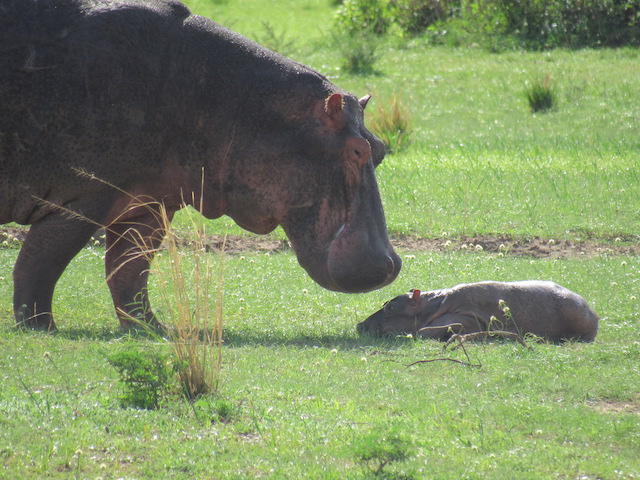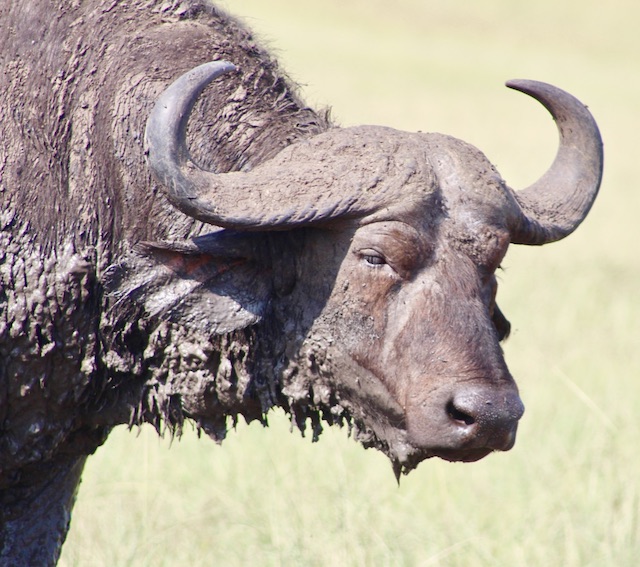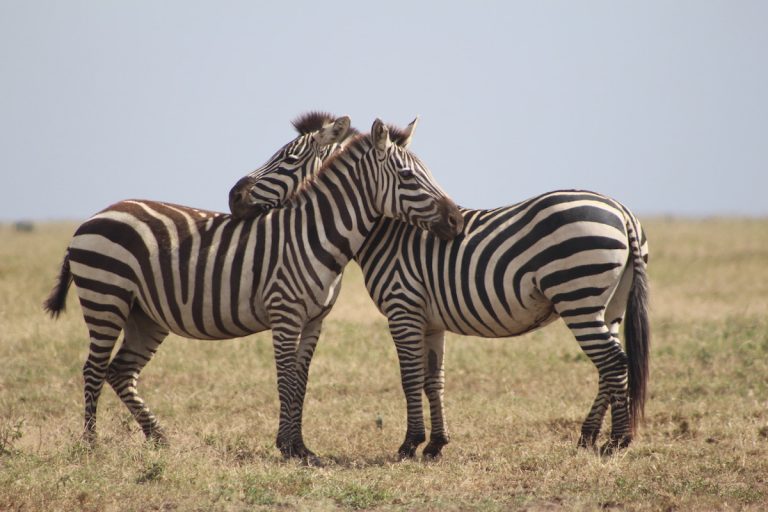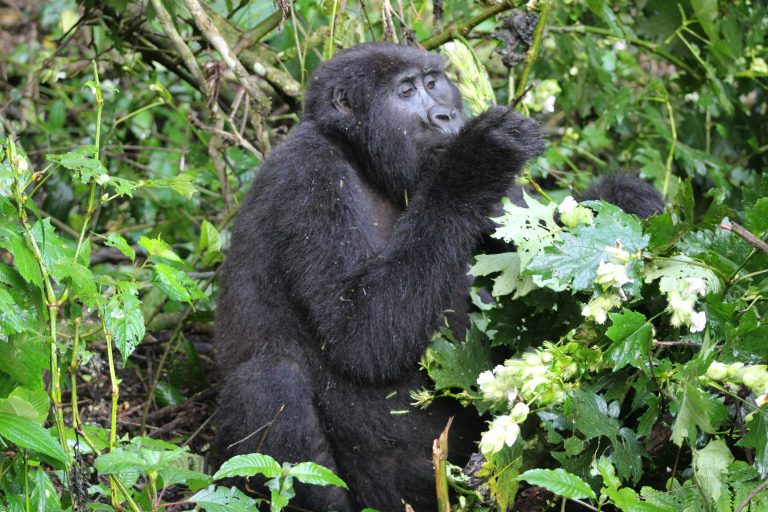Kenya is a beautiful East African country endowed with savannah plains, lakes, rivers, forests, mountain highlands, and the Great Rift valley. Whereas it is a popular hub for wildlife safaris, birding safaris and cultural trails, Kenya is also a great hiking destination. Its strategic location at the Equator and various landscapes offer the perfect climate conditions and opportunities for both short and long hikes. From relaxed walking trails in forests, National Parks, and villages to challenging ascents up summits and mountain peaks. Kenya’s hiking safaris will not just treat you to amazing hiking experiences but also get you meandering through the spectacular scenery of montane forests, vast valleys, waterfalls, and wildlife.
If you are interested in a hiking safari to Kenya, here are some of the best-hiking destinations that should be on your bucket list;
Mount Kenya
Found in Mount Kenya National Park, Mount Kenya is the highest mountain in Kenya and the second-highest in Africa following Tanzania’s Mount Kilimanjaro. The mountain stands at about 5,199m above sea level with Batian being its highest peak. Other main peaks include Lenana (4,985m) and Nelion (5,188m). Hiking Mount Kenya can be quite a challenge but compared to Kilimanjaro, it is more rewarding given it is off the unbeaten path. More so, it thrives with panoramic views of wildlife, montane forests, rocky slopes, and glaciers, among others. It, therefore, doesn’t daunt the hiking lovers from hiking it not once, nor twice. You need to be in good physical and mental shape to enjoy the hike which offers magnificent scenery of montane forests at the base to the rocky passes and finally to the glaciers at the summit.
With approximately 8 hiking routes, hiking experiences on Mount Kenya usually take between 2 to 8 days depending on which route one prefers. Most of the routes lead to the lowest peak, Lenana (4,985m) as preferred by most hikers to Mount Kenya National Park. Nonetheless, there are other routes that summit the second peak, Nelion, and the highest, Batian for the expert hikers. Mount Kenya can be hiked at any time of the year but the best times to hike are during the drier months of December to February and July to September.
Ngong Hills
The Ngongo hills are located less than an hour’s drive from Nairobi City making them a famous weekend destination in Kenya. Most visitors to the stunning hills come to enjoy safari walks, picnics, and worship tours, among others. Made up of seven hills, the mountain blooms with remarkable views of Nairobi city and the Great Rift Valley. Covering an area of about 21,000 square kilometers, its highest peak stands at 2,460m above sea level. Hikes on Ngong Hills are often one-day tours and the starting point is at Ngong police station. The hike takes between 4 to 5 hours and it takes you through a dirty road, then to the radio masts, and finally through rolling hills until the ending point at Kona Baridi. Possible sights of wild animals like buffaloes, dik-dik, porcupines, and dramatic shrubbery in addition to the scenery of the Great Rift valley and Nairobi city should be expected at the top.
Mount Longonot
Mount Longonot is a stratovolcano located south-east of Kenya’s Lake Naivasha in the Great Rift Valley. Characterized by steep ridges, the mountain is found in Mount Longonot National Park and its highest peak stands at an elevation of 2,776m above sea level. Climbing Mount Longonot is a strenuous trail that is approximately 8 to 9 kilometers and it can be completed in a one-day tour. It is moderately technical but with good physical fitness, you should be good to go. The trail starts from the Park’s entrance gate to its peak and throughout the hike, you will be rewarded with impressive views of buffaloes, zebras, and primate species in the thick forests at the base. Furthermore, the crater ridge at the top offers incredible views of the Great rift valley and Lake Naivasha.
Hell’s Gate National Park
Located south of Lake Naivasha in the Great Rift Valley, the Hell’s Gate National Park is a small park known for its spectacular scenery and thriving wildlife. The Hell’s Gate follows two extinct volcanoes that spewed to form gigantic cliffs, gullies, plain rock towers, and burping plumes of geothermal steam that make it one of the most atmospheric Parks on the continent. The Hell’s Gate National Park is a renowned safari destination for mostly day hikes up the cliffs, mountain biking, abseiling, and rock climbing.
Menengai Crater
Menengai crater is a massive caldera in Kenya located on the outskirts of Nakuru town. The caldera’s viewpoint is 500m above sea level from its floor which is about 90 square kilometers. The crater is believed to have evil spirits roaming the area and it is often visited by the locals for prayers and intervention. Hiking down this lovely caldera takes approximately 3 hours depending on your general fitness. Amidst sweeping views of Lake Nakuru, the hike starts from the viewpoint at the top and goes steeply downwards to the floor. The crater is surrounded by lush forests and filled with flowering plants, several dik-diks, reedbucks, and monkeys among other animals.
Chyulu Hills
Tucked away between Amboseli National Park and Tsavo West National Park, Chyulu Hills is one of the largest lava tubes on the globe. Situated in Chyulu National Park, the range is about 150 km long and it stands at an elevation of 2,188m above sea level. It comprises lush rolling hills and impressive landscapes that harbor several large mammals, reptiles, and birds. Though it is still unknown to most people, it is a destination of spectacular hikes, especially for nature hikers. Hiking Chyulu Hills takes about 3 to 4 hours to get to the highest peak. There are no hiking routes so hikers follow the game tracks through the tender hills and it is always advisable to take a game ranger with you.
Elephant Hill in the Aberdares
The elephant hill in the Aberdare ranges is one of the stunning destinations for day hikes. It is located at the southern end of the Aberdare ranges in Aberdare National Park. The ranges are situated west of Kenya in the central highlands between Lake Naivasha and Nyeri. Hiking up the Elephant Hill is moderately challenging especially if you are preparing to hike mountains like Kilimanjaro or Mount Kenya. The hike starts from the Njabini Forest Station (at 2,500m) with the first few kilometers having mostly forests and farmlands. And as you go higher, the trail takes you through steep bamboo forests to the moorland zone comprised of attractive giant heather. The hike continues over rocky terrain to the “elephant’s back” which will give you the first sight of the summit. After traversing the elephant’s back, the summit (3,650m above sea level) is a very short climb. Hiking up and down the Elephant Hill takes approximately 8 to 9 hours depending on your speed and level of physical fitness.
Kakamega Forest Walk
A forest walk in Kakamega forest is a trek for nature lovers. The nature haven is the only equatorial rain forest in Kenya. It is located in Kakamega and Nandi County, 420km northwest of Nairobi city. It is a hub for several rivers that flow from Lake Victoria and is home to an array of wildlife, bird, and indigenous tree species. Walking safaris in the Kakamega forest include both short and long walks and they all start from the Rondo Retreat tucked in at the center of southern Kakamega. Whereas the short treks take up to one and a half hours, the long treks take up to 4 hours. Walks in the forest give you great opportunities to spot red-tailed monkeys, De Brazza monkeys, colobus monkeys, olive baboons, bird species, butterflies, and beautiful flora. Safari walks in Kakamega forest are often guided and Rondo Retreat provides experienced local guides to take you through the forest.
Kenya has a lot more to offer when it comes to hiking. More hiking destinations include Karura Forest, Buffalo Springs National Park, Lake Elementaita, Lake Naivasha, and Amboseli National Park, to mention but a few.
For a comfortable and fun hiking experience in Kenya, there are several requirements that a hiker must consider that is; good physical and mental shape, comfortable hiking shoes, a range of warm clothing, a whistle, a pair of binoculars for the nature lovers, sanitary items, a torch, and batteries, among others. As for camping, camping chairs, mattresses, tables, a spare stove, battery lanterns, and tool boxes, among others are some of the equipment to be considered.
Hiking safaris in Kenya can be done throughout the year. However, different trails have different times for hiking. Furthermore, the best time to hike in Kenya is between December to February and July to October which is also during the dry season. This time is often perfect because the trekking trails are accessible. More so, the terrain isn’t as rough as compared to during the rainy season. The wet season is usually between March to May and October to November. Most hikers avoid hiking during the wet season given the cold and foggy weather.





